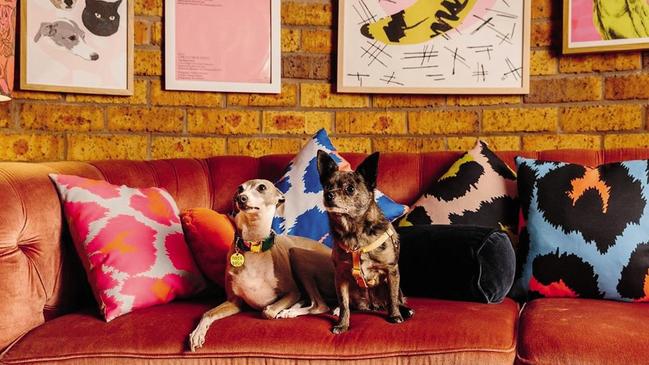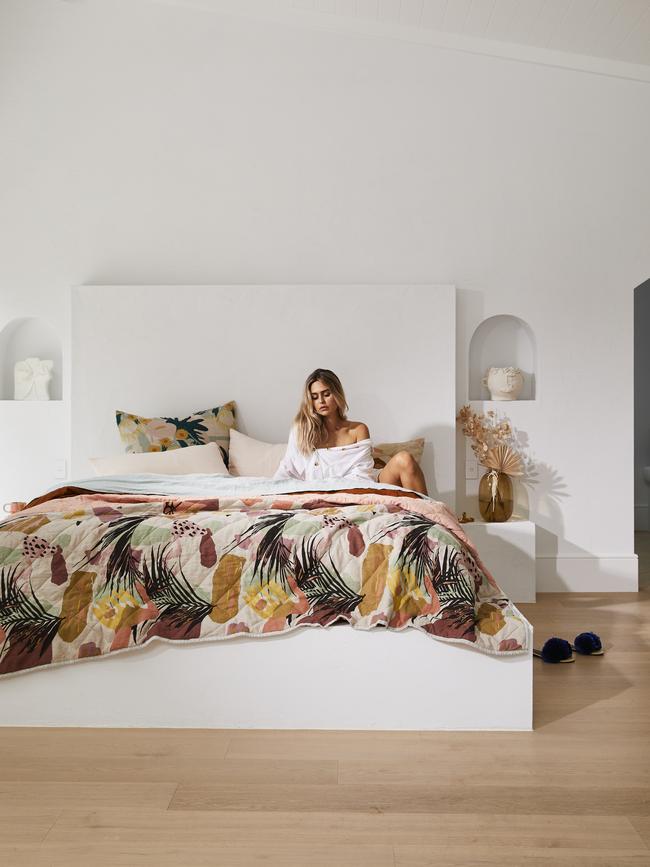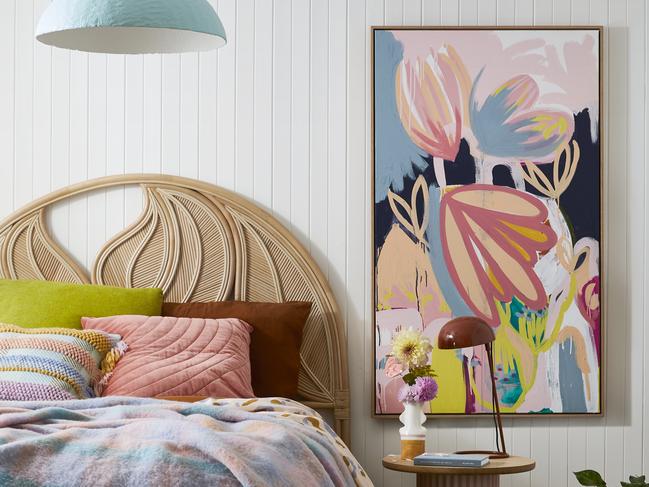Interior designer Juliet Love shows you how to modernise your decor by playing with pattern
Mixing and matching patterns is something of an art, but if you follow these simple rules you can’t go wrong.

Mosman
Don't miss out on the headlines from Mosman. Followed categories will be added to My News.
- Take a tour of designer Alexandra Kidd’s ultra luxe abode
- Inside PR guru Annalise Brown’s minimalist and oh-so-modern apartment
Patterns in decor are often an area where people often get stuck, especially if you’re mixing more than one together. Playing with pattern adds a layer of depth and personality to a space, plus it can be used for a multitude of looks, from modern luxe to more bohemian or exotic decor, so it’s worth persevering to get just the right look for you.
Some of the most stylish homes in the world feature pattern on walls, floors and in soft furnishings, because the repetition of pattern has such visual impact.

Often a daunting prospect, mixing and matching patterns doesn’t have to be difficult.
Firstly, collect lots of samples so that you can visualise how the patterns will sit together. The general rule of thumb is to have one large scale pattern, pared back with a smaller pattern, and a solid colour to balance it all out.
The primary pattern will be the focal point in your room - the first thing your eye will see when you enter the space – a patterned floor tile, or bathroom wall tile, for example. Using pattern over a large space is courageous, but as they say “more is more”.

The other key to combining differing styles so that they coexist harmoniously in a room is to anchor them with one unifying colour. Using various tints and tones of the one dominant colour in each of your patterns (in a wallpaper, plus a patterned wall tile for example) will make the space cohesive if you’re using multiple designs on multiple surfaces.
Create a ‘story’ by adding in one or two more patterns, but as above, limit them to three – one large scale pattern, one medium scale pattern and one small scale and you will have a combination that is fun without being overwhelming. For example, you might have one large plain cushion, with a medium geometric cushion, pared back with a smaller accent cushion. Avoid two or three patterns of the same scale as it will be too much for the eye to take in.
